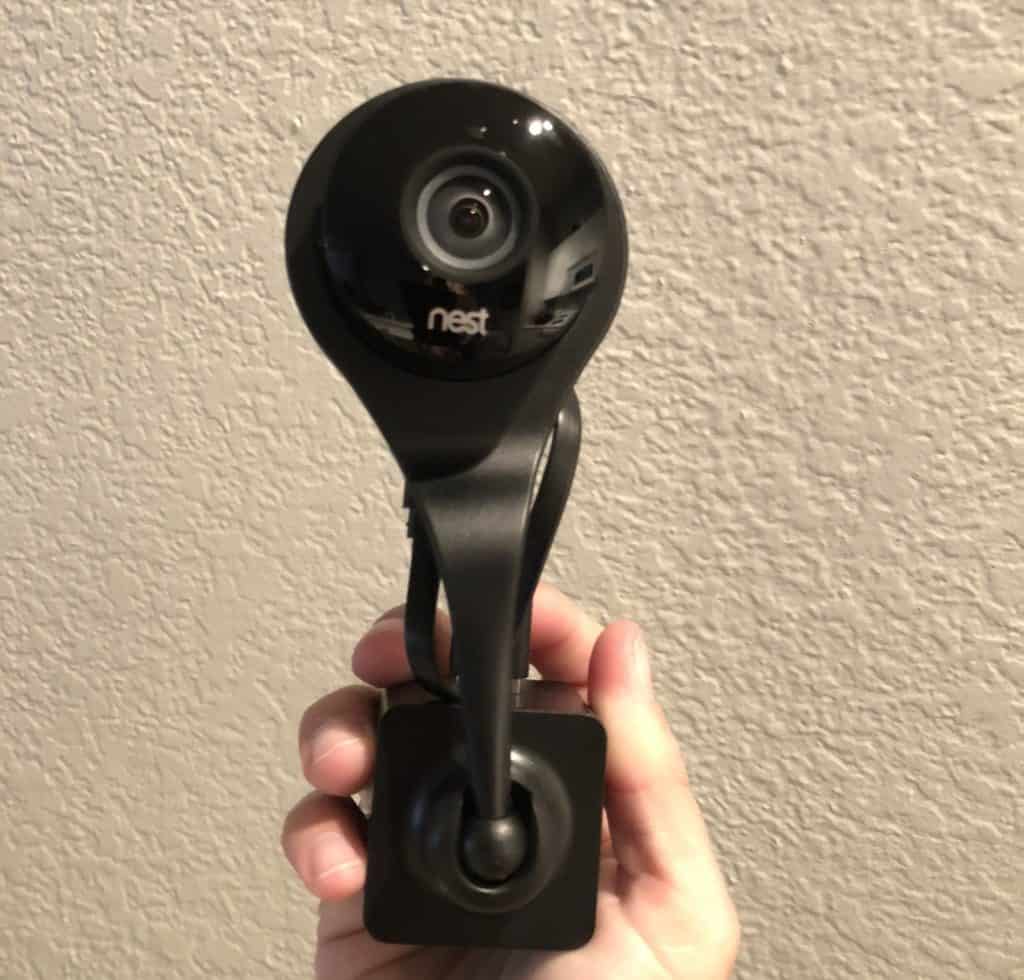Nest Bandwidth: How Much Electricity Does a Nest Camera Use?
By Trae Jacobs,
When you buy through our links, we may earn an affiliate commission.
With more homeowners looking to make their homes “smart homes,” the family of Google Nest cameras can be a reliable place to get started. However, as your home gets smarter, it may cause your electricity bill to go up a tad.
According to Google’s product environmental report, the Nest cameras are estimated to use no more than 34 kWh per year. When factored into the average annual electricity consumed in American households, this comes out to approximately 0.3% of the total power used.
The Google Nest cameras serve to provide a measure of security at home at a negligible yearly cost. A few things contribute to their small electric footprints, such as the usage of Wi-Fi and access to constant power. After looking at some figures and placing them in the context of average electricity consumed per household, we’ve determined whether the Nest Camera’s electricity requirements are worth the price.
What is the Necessary Nest Bandwidth?
The Google Nest cameras require the standard 802.11b/g/n @ 2.4Ghz or 5Ghz wireless internet connection. This bandwidth usage goes towards streaming video feed so that you can watch it from your phone, tablet, or computer; or, if you’re subscribed to Nest Aware, it is used to upload video footage to the cloud.
How Much Wi-Fi is Needed for Nest Cameras?
The recommended upload speed is at least 2 Mbps—DSL may not work for homeowners looking to purchase a Nest camera (Source: Google Store). The amount of Wi-Fi needed for the Nest cameras varies depending on the quality of the feed that you’re looking for. Here’s a table that maps out the minimum requirements of wireless internet speed at each level of quality:
| Camera | Requirements for 720p | Requirements for 1080p |
| Nest Cam Outdoor | 200 – 500 Kbps upload bandwidth | 450 – 1200 Kbps upload bandwidth |
| Nest Cam Indoor | 200 – 500 Kbps upload bandwidth | 450 – 1200 Kbps upload bandwidth |
| Nest Cam IQ Outdoor | 800 – 2000 Kbps upload bandwidth | |
| Nest Cam IQ Indoor | 800 – 2000 Kbps upload bandwidth |
The Nest Cam IQ models use a bit more bandwidth due to something called “Supersight,” which makes use of a 4K sensor with HDR and intelligent imaging. This allows you to have close-up tracking as well as a 12x digital zoom and enhance; however, this comes at the cost of additional bandwidth usage.
If you are subscribed to Nest Aware, your Nest camera will stream all video to the cloud to be stored offsite. When recording in 720p, you’ll need around 60GB of upload bandwidth per month; in 1080p, you’ll need about 140GB per month.
How Much Electricity Does Nest Use?
The Google Nest cameras require 100-240V AC for power. Though this is more power than something like the Google Nest Hello will use, the amount of electricity that it uses overall is negligible. While it does take a bit more electricity for the cameras to operate at night, given the infrared LEDs used for night vision, the camera will use less energy during the daytime.
The average American household uses an average of about 914 kWh per month. This breaks down to just over 30 kWh per day. The Google Nest cameras end up using around 34 kWh per year, which comes out to 0.09 kWh per day.
Are There Increased Electric Costs Associated with Nest Cameras?
Since you will be adding a security camera to your smart home, your electricity bill is bound to go up. However, after looking at the math and how it breaks down in terms of daily usage, it is hardly worth a second thought, given the security that you’re adding to your home.
And, if the added electricity cost is something that bothers you, you can always opt to plug in the Google Nest cameras when you’re going to be away and unplug them when you return.
As mentioned earlier, the amount of additional burden placed on your electricity bill by the Google Nest cameras will turn out to be less than 1% of your total consumption of electricity. In terms of dollars, the Google Nest cameras will cost you about $0.35 per month, given the national average electric bill (Source: APG&E).
The Bottom Line
Ultimately, the cost-benefit analysis of whether a Google Nest camera is worth the cost of electricity that it uses seems to come out in favor of the cameras. Because they will only end up taking a tiny amount of energy in the grand scheme of things, the peace of mind and security that they offer is worth the price. The Wi-Fi requirements are standard in today’s world and having Nest Aware may be worthwhile for protecting your property.

